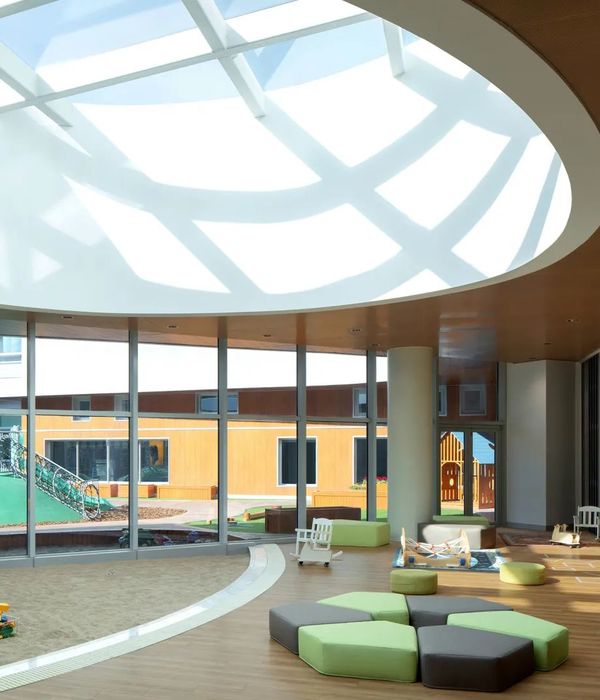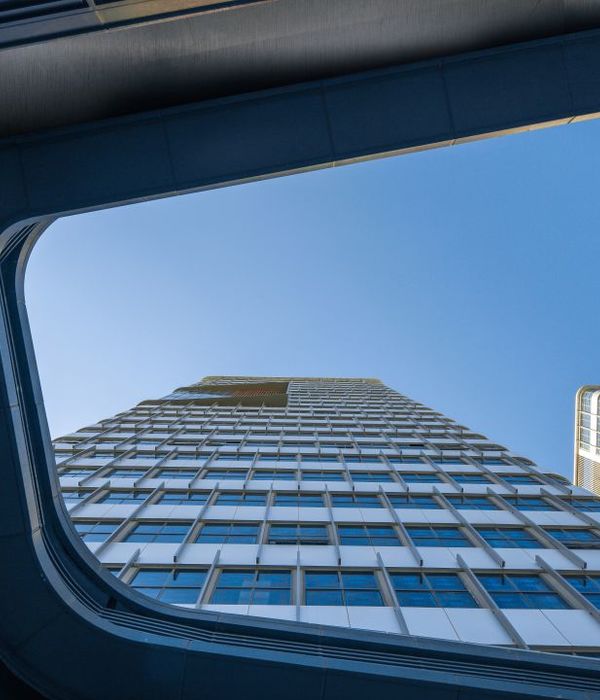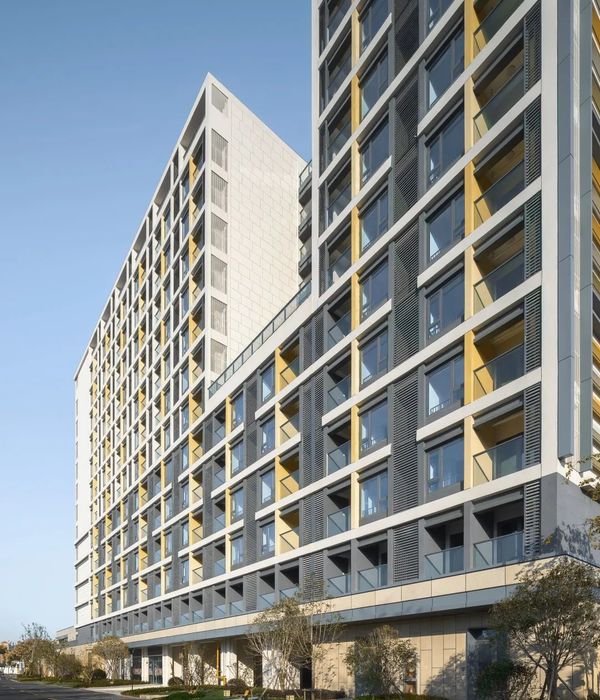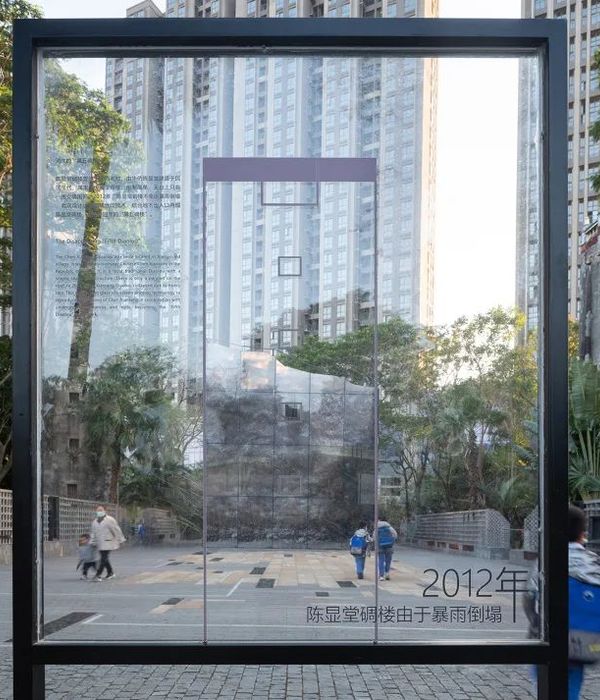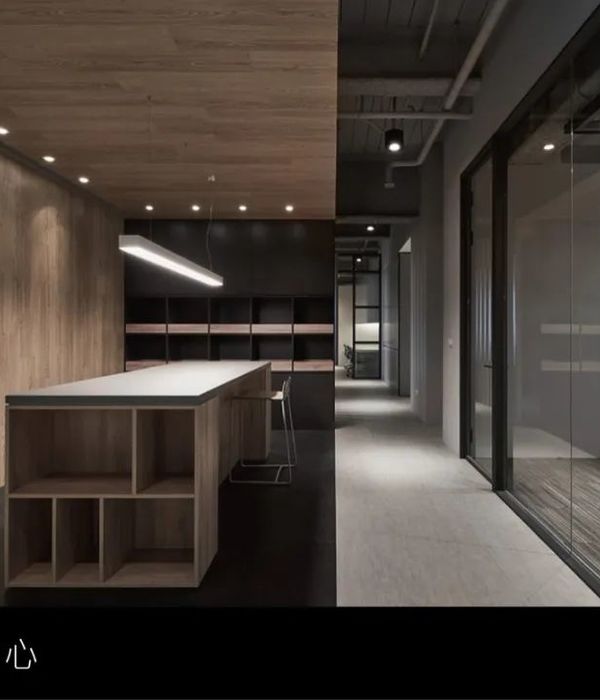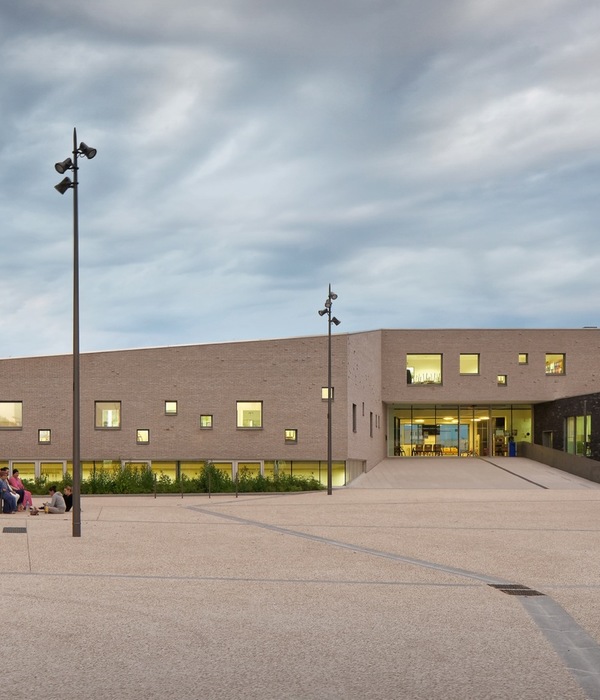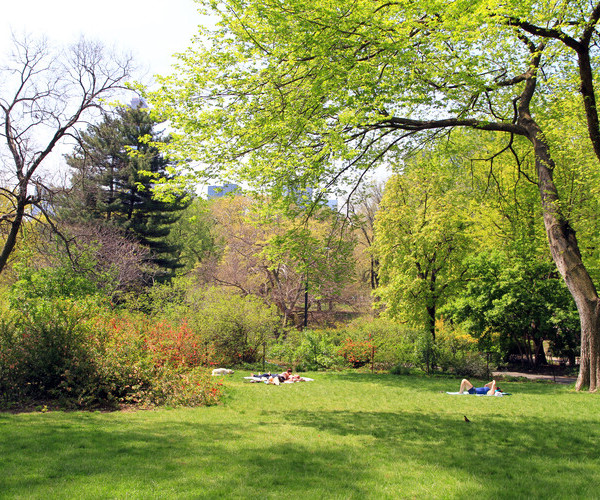Architects:M@ STUDIO Architects
Area :370 m²
Year :2016
Photographs :Peter Bennetts , Sean Fennessy , Peta Michaelides
Builder :Engineering Directions
Project Team : Kerry Kounnapis, Leona Dusanovic, Thomas Sheehan, Luke Tuckman, Karla Martinez, Cameron Newnham, Mark Jacques, Dean Boothroyd, Vivian Mitsogianni
Netting And Installation : Stephen Hennessy Art & Design Pty Ltd (SHAD) - Lighting Consultant d__Lab RMIT
Engineer : Arup
Architect In Charge : M@ STUDIO Architects
City : Melbourne
Country : Australia
Haven’t you always wanted …?
2016 NGV Architecture Commission: M@ STUDIO Architects
Haven’t you always wanted to run through all that foam at the car lovers? Would you do it if there wasn’t another car waiting?
The project titled ‘Haven’t you always wanted …?’ is a temporary pavilion and was the winning entry from a two stage open national competition held in 2016 by the National Gallery of Victoria (NGV). Stage 1 involved blind judging and received 93 entries from which five architects were selected to proceed to Stage 2. The competition brief asked architects “to consider innovative ways to activate one of Melbourne’s great civic spaces, the Grollo Equiset Garden with a thought‐provoking work of temporary architecture”.
‘Haven’t you always wanted…?’ is about imagining a possibility and exuberance of feeling. The pavilion is an experiment driven through two longstanding research projects developed in the RMIT Architecture, “Suburban Realism” led by Dean Boothroyd and Mark Jacques which explores new models for the expression of the civic through urban design in Melbourne’s future outer suburbs and ideas around ‘dematerialisation’ and the ‘uncertain object’ led by Vivian Mitsogianni. The project brings these ideas together with the ambition of seeing the possibilities that arise, with an equal focus on both the ideas and resultant experiential qualities.
The project asks a series of “what ifs”? What if the scale of the suburbs landed in the NGV courtyard? In this case a suburban car wash is transplanted at 1:1 scale, as type into the city context. But then, there is material or “dematerial” transformation – it becomes ghostly – something else – but only sometimes and only from some views. So is this then the folly in the garden? Or is this what the suburbs would look like if for some reason the roads were covered with grass? Instead of providing an object in the garden that can be clearly under-stood from one position, we explored the ‘uncertain object’, which can be understood in different ways depending on where it is seen from, and that contains multiple layers of im-mersive effects. Pavilions generally sit empty when not programmed. In this project there is an invitation to participate and engage. You want to move around it because it constantly changes depending on where you are located. We wanted to create moments, where you thought you knew what the project was and then you found something unexpected or surprising which meant that things didn’t add up and because of that, it might seem familiar but also otherworldly and strange.
Banal, familiar and readily available materials are used and redeployed as ‘saturated ornament’. Each wall is made up of four layers of cricket netting ‐ the grids slightly shifting as you walk around them, constantly masking or revealing, based on your movement and making moire effects sometimes. The object oscillates from highly porous in some views (where the netting walls appear to disappear and where you see through the ceiling and walls), to increasingly dense and solid from other views as the nets become overlaid in your visual field. The uncertainty of surface is aided by the mist that appears periodically in one of the bays.
In the pavilion, a saturation of disparate conditions can co‐exist offering a curious state that doesn’t quite make sense. It asks ‘what if…?’. What if the scale of the suburbs landed in the NGV courtyard? What if architecture could dematerialise? What might an uncertain condition look like and feel like? What joy can we take in an abundance of overlaid grids, cricket nets, mist, porosity and ghostly visual effects? What if the road came to life with vivid pink AstroTurf? What if you were immersed in a grotto‐like field of translucent red? What if architecture shivered ever so slightly in the wind?
The M@ STUDIO competition team consisted of directors Professor Vivian Mitsogianni (Deputy Dean and Head, Architecture & Urban Design, RMIT) and Dean Boothroyd (principal NH Architecture and RMIT Architecture design tutor), Professor Mark Jacques (Professor of Architecture – Urbanism and director openwork), Karla Martinez and Cameron Newnham (RMIT Architecture Associate Lecturers), RMIT architecture graduates Thomas Sheehan and Luke Tuckman, and architecture students Kerry Kounnapis and Leona Dusa-novic. “It’s a partnership between architectural practice, RMIT students, graduates and re-searchers, continuing and industry staff who wanted to experiment and test ideas together,” Mitsogianni said.
▼项目更多图片
{{item.text_origin}}

